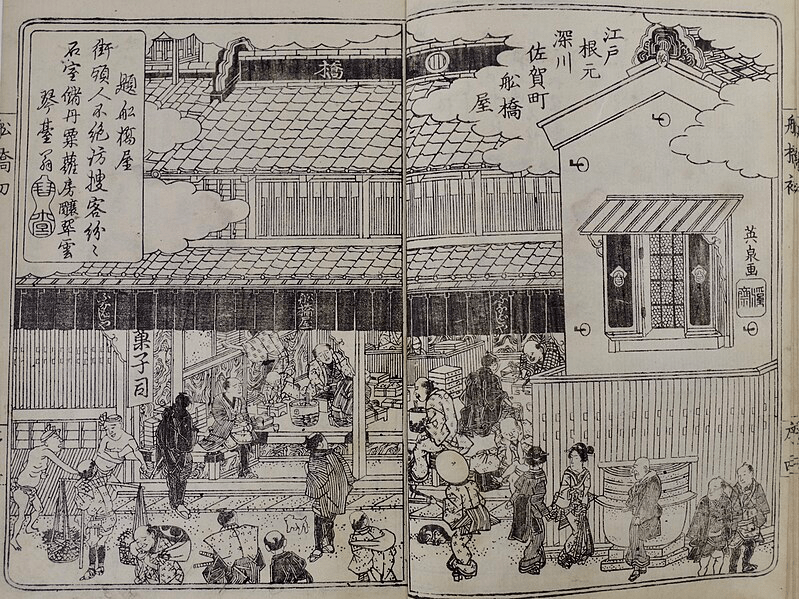Wikimedia Movement is flourishing in Japan and many GLAM (Galleries, Libraries, Archives and Museums) have collaborated with Wikimedians. In this article, I introduce some Wikimedia-friendly GLAM in Japan.
Oya Soichi Library
Oya Soichi Library is a magazine library in Hachimanyama, Tokyo. It has many magazines, a unique index system and a database called Web OYA-bunko.

As a big fan of the Oya Soichi Library and Wikimedia projects, I had long wanted to hold an editathon (Wikipedia editing event) there, and my dream finally came true in May 2022. I launched an editathon called WikipediaOYA. I was thrilled to see two of my favorite projects working together.

At WikipediaOYA, participants edit Japanese Wikipedia using magazines under a theme such as bread, sweets and restaurants. One of my favorite articles created at the events is [[Bar BenFiddich]], which is an article about a famous bar in Shinjuku, Tokyo.

Besides editing, there is another fantastic activity in WikipediaOYA. It is Library Tour! Participants can browse through the bookshelves that are normally closed to library users. The amount of magazines and the interesting stacking system always give Wikipedians new perspectives.


Thanks to Hiroshi Kamoshida, a member of the library staff, I have held WikipediaOYA three times since May 2022. I sincerely appreciate Kamoshida-san’s efforts and kindness.
Sanko Library
Tomoki Shinya, a staff member at the Sanko Library in Tokyo, was inspired by WikipediaOYA to organise an editathon called WikipediaSanko with Toumon Wikipedian Club Tokyo.

At the Editathon, participants edited Japanese WIkipedia and toured the library, which has many precious books. You can read the articles they edited on Japanese Wikipedia [[プロジェクト:アウトリーチ/GLAM/WikipediaSanko/第1回]] and see the pictures of the tour on Wikimedia Commons [[Category:Sanko Library]].


The participants also contributed to Wikimedia Commons. They took pictures of the old books, which are public domain now, and uploaded them to Commons. It was a great opportunity to learn about old Japanese culture.


Research and Information Center of the Tokyo National Museum
As well as libraries, museums are also collaborating with Wikimedians. For example, the Research and Information Center of the Tokyo National Museum hosted editathons in 2022 and 2023.

The participants edited the Japanese Wikipedia about the museum collection such as [[白綾地秋草模様小袖 (Kimono (“Kosode”) with Autumn Grasses)]] or [[竜首水瓶 (Pitcher with Dragon Head)]]. They also imported the images in Colbase (Integrated Collections Database of the National Institutes for Cultural Heritage, Japan) to Wikimedia Commons.


Acknowledgement
I would like to thank all the staff and participants of the editathons. I hope our collaboration will continue and grow.

Can you help us translate this article?
In order for this article to reach as many people as possible we would like your help. Can you translate this article to get the message out?
Start translation